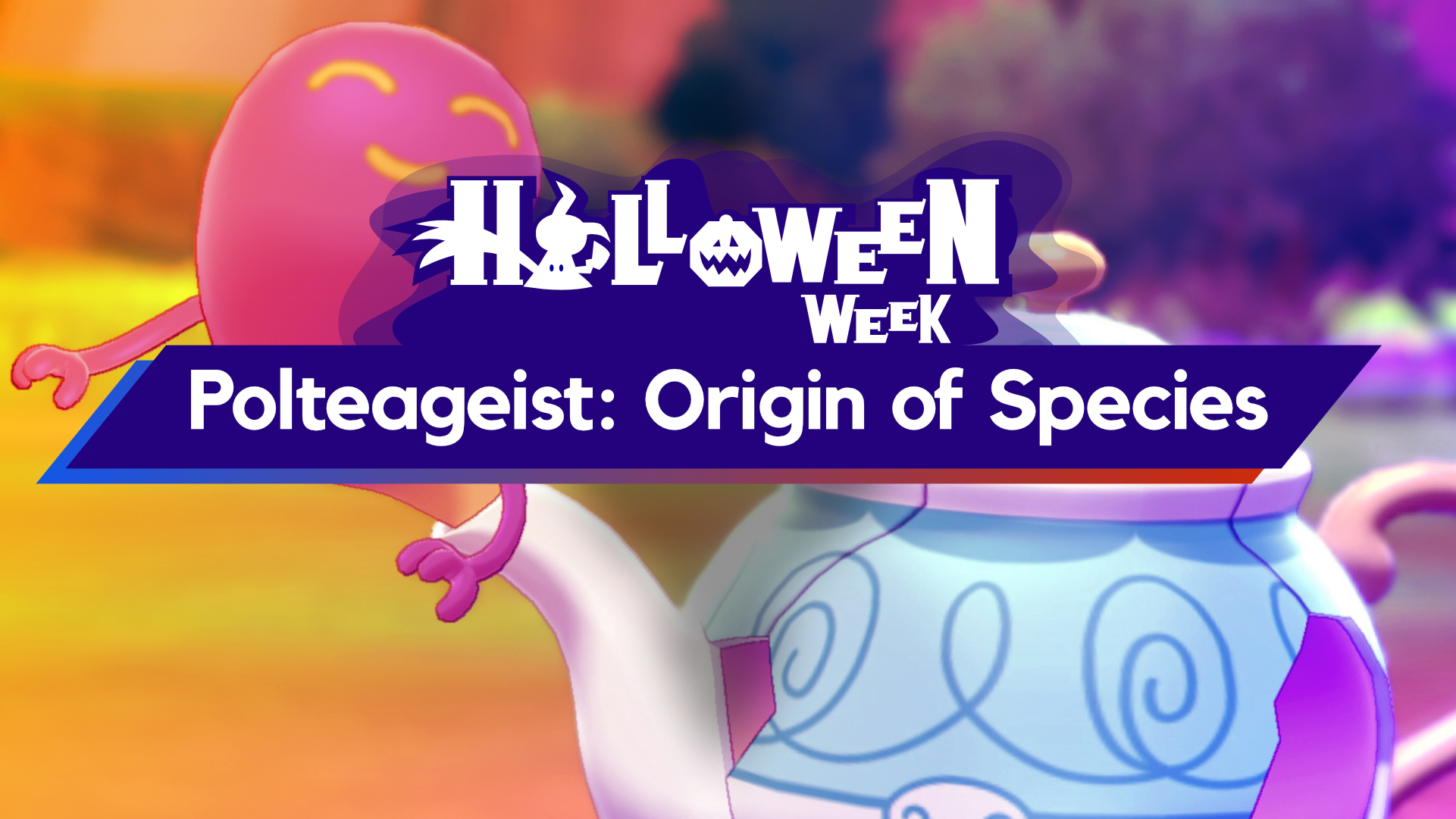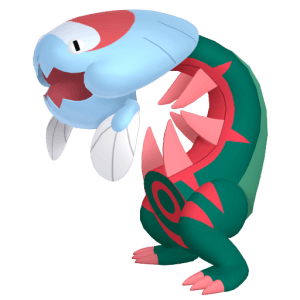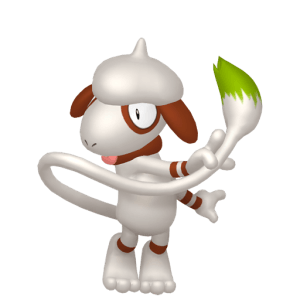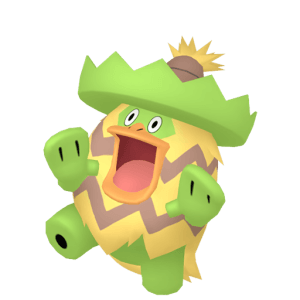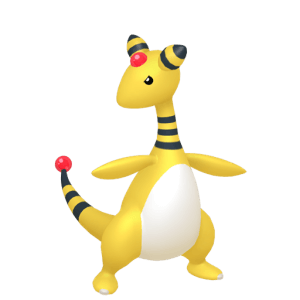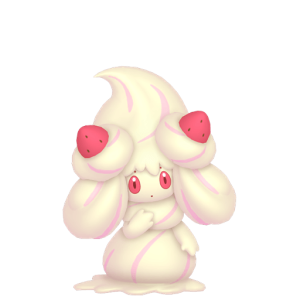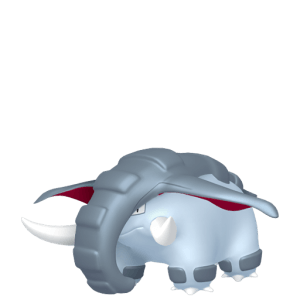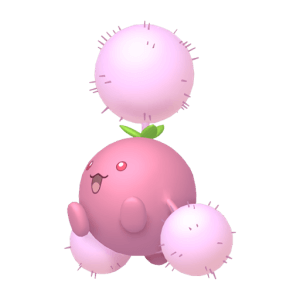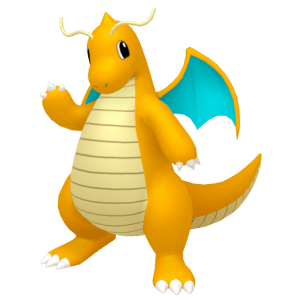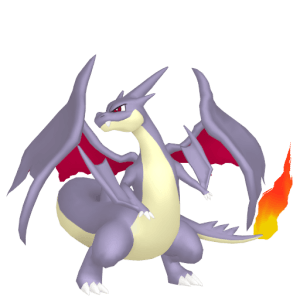18 days until Pokémon Sword & Shield release!
In this recurring series, I’ll analyze the origins of Pokémon designs, their culture, and their historical allusions to British culture.
In the September Nintendo Direct, we learned about the existence of a few new Pokémon and new mechanics in Pokémon Sword & Shield. Once of the reveals was the new Ghost-type Pokémon: Polteageist.
The name Polteageist is a pun based on the concept of a poltergeist, but also alludes to both the teapot the Pokémon inhabits and the tea it is formed from.

A poltergeist in folklore is a mischievous type of ghost that often moves around objects in a home. They may Also make make noises and cause other types of chaos around the home. The concept of a “possessed” teapot fits well with the poltergeist theme.
One famous instance of a poltergeist in England was the Enfield poltergeist. In the late 1970s there were claims of moving furniture and knocking on walls, though whether the claims were true were never verified. However, the speculation attracted a lot of media attention and has become part of the local folklore.
Tea is a common drink that is consumed daily in Britain, and has been for many centuries. It originates from tea leaves that were grown primarily in east Asia, such as countries like China. When European merchants discovered the drink, they began to ship it between their home nations and the colonies. Both the Dutch East India Trading Company and later the British East India Trading Company began a large-scale importation of tea leaves. Given the high value of the company to British colonialism, and the cultural value of the drink in England, it received preferential treatment by the British government many times through its nearly three-hundred year history.
How will tea be valued and traded by the people of Galar? Will it be a type of plant that grows natively, or will they buy supplies from another region like Kanto or Sinnoh? The latter would be an interesting piece of worldbuilding, and could tie into an easter egg in a future game.
In particular Polteageist is classified as the “Black Tea Pokémon”. Black tea is a relatively strong type of tea, and many varieties have been produced by many places in Asia. It is also the style of tea used in English breakfast tea, which has traditionally been consumed during English breakfasts. It is often mixed with milk and sugar.
The Pokémon website has this description:
Polteageist’s body is made from black tea and is said to have a very distinct aroma and flavor. It will only allow a Trainer it trusts to sample its tea. However, drinking too much can lead to indigestion or an upset stomach, so be careful! Many Polteageist make their homes inside hotels and restaurants, disguising themselves and hiding among the tableware. They can pour their power into leftover tea and create even more of their kind, so they’re often treated as pests.
From this, we can see Polteageist is more of the tea itself. It lives in the teapot sort of like a hermit crab. It’s interesting that it is just a Ghost-type, as having a secondary Water-type or Grass-type could better convey the fact that it is a haunted body of tea.
In fact, Polteageist seems to be willing to share its bodily fluids with trainers, which is just tea. This seems unpleasant to think about, but it is reminiscent of Rolycoly, who shares the coal from its body with families for cooking and heating.
Polteageist disguises itself in tableware and kitchenware, similar to how Rotom haunts different appliances. Is the teapot the only form we’ll see? Will it have several different teapot styles, or haunt similar things like a teapot or a teacup? Potentially, or potentially these additional kitchenware items could serve as its evolutionary line.
We’ve got a few more spooky treats for everyone in our Halloween Wee!. Don’t forget to comment down below and chat on our official Discord server. If you haven’t already follow us on Twitter for the latest Pokémon news and goodness!

